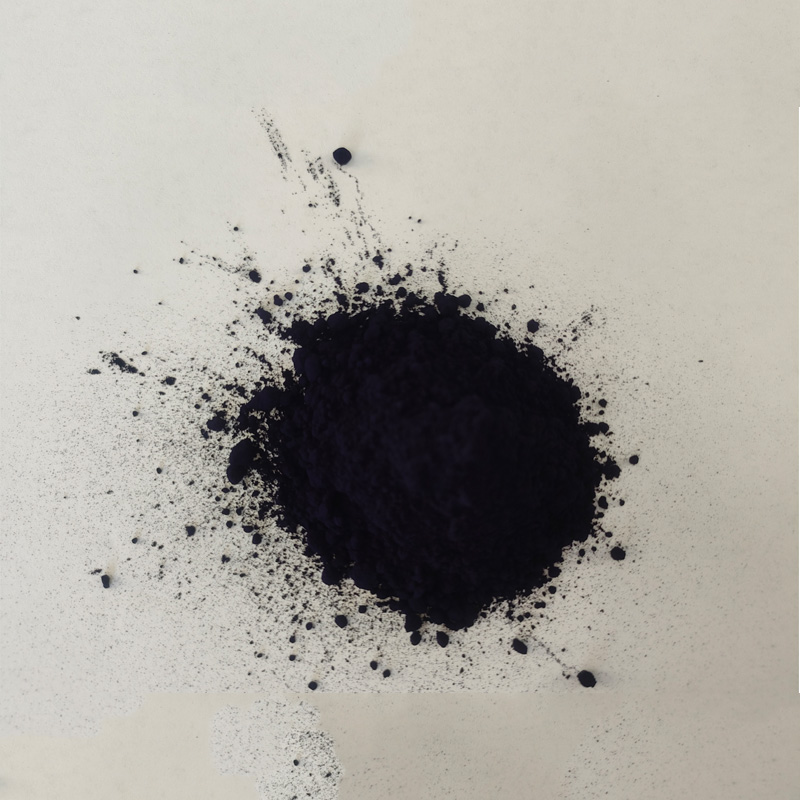Sulfur Black Dye Production Facilities and Their Environmental Impact on Textile Industry
The Role and Impact of Sulfur Black Dye Factories in the Textile Industry
Sulfur black dye is a popular choice in the textile and garment industry due to its excellent color fastness, affordability, and versatility. This dye is primarily used for cotton and other cellulose fibers, providing a rich, deep black color that is highly coveted for various applications, from fashion to home textiles. Indeed, the factories that produce sulfur black dye play a significant role in the overall health and functionality of the textile market. However, this industry is also marred by environmental and health concerns that need careful consideration.
Understanding Sulfur Black Dye
Sulfur black dye is derived from elemental sulfur, which combines with organic compounds to form complex dyes that are typically water-insoluble. The production process involves several steps, including sulfonation and reduction, to create a dye that can adhere to natural fibers effectively. One of the most significant advantages of sulfur black is its resistance to fading, making it ideal for products that require durability, such as workwear and denim.
Due to its relatively low cost compared to other black dyes, sulfur black is widely adopted by manufacturers looking to balance quality with cost-effectiveness. Furthermore, it can be used in various forms, including powdered and liquid, allowing factories to choose the presentation most suited for their production methods.
The Industrial Landscape
The production of sulfur black dye is concentrated largely in industrial regions where the textile industry thrives. Factories are equipped with specialized machinery and skilled labor to formulate these dyes in a sustainable and efficient manner. The global demand for textiles, particularly in developing countries, has led to a surge in the establishment of such factories. Countries like China, India, and Brazil have been at the forefront, leveraging their abundant resources and lower labor costs to become major players in the dye manufacturing industry.
Environmental Concerns
While sulfur black dye provides numerous advantages, the production process is often associated with significant environmental concerns. The chemicals used in dye manufacturing can be harmful if not managed correctly. Effluents released from dye factories may contain toxic compounds that can contaminate local waterways, affecting aquatic life and human populations.
sulfur black dye factories

Factories must adhere to strict regulations regarding waste disposal and emissions to mitigate these risks. Sustainable practices, such as implementing closed-loop water systems and investing in advanced filtration technologies, can minimize environmental impact. Companies that prioritize sustainability not only contribute to environmental protection but often enjoy enhanced reputation and consumer trust, which are increasingly important in today’s market.
The Health Impact on Workers
The workers in sulfur black dye factories may also face health risks due to exposure to toxic substances involved in the dyeing process. Chronic exposure to these chemicals can lead to respiratory issues, skin conditions, and other serious health concerns. Ensuring worker safety through proper protective equipment, workplace regulations, and regular health check-ups is paramount.
Many factories are now incorporating health and safety management systems to protect their workers and comply with international labor standards. This not only benefits employee health but also enhances productivity and morale within the workforce.
Future Directions
As the textile industry continues to evolve, sulfur black dye factories must adapt to new challenges and opportunities. The growing consumer demand for sustainable and eco-friendly products is pushing manufacturers to innovate. Research into more sustainable dyeing methods and the use of alternative, less harmful chemicals is gaining momentum.
Investing in greener technologies will not only reduce the environmental footprint of sulfur black dye production but can also open up new market opportunities for factories committed to sustainability.
Conclusion
The factories that produce sulfur black dye are integral to the textile industry, offering essential products that enhance the quality of fabrics. However, the environmental and health implications of their production processes cannot be ignored. By adopting sustainable practices and ensuring the health and safety of workers, these factories can continue to thrive while contributing positively to the textile industry's future. Balancing profitability with sustainability will be the key to a successful transition in this essential sector.
-
The Timeless Art of Denim Indigo Dye
NewsJul.01,2025
-
The Rise of Sulfur Dyed Denim
NewsJul.01,2025
-
The Rich Revival of the Best Indigo Dye
NewsJul.01,2025
-
The Enduring Strength of Sulphur Black
NewsJul.01,2025
-
The Ancient Art of Chinese Indigo Dye
NewsJul.01,2025
-
Industry Power of Indigo
NewsJul.01,2025
-
Black Sulfur is Leading the Next Wave
NewsJul.01,2025

Sulphur Black
1.Name: sulphur black; Sulfur Black; Sulphur Black 1;
2.Structure formula:
3.Molecule formula: C6H4N2O5
4.CAS No.: 1326-82-5
5.HS code: 32041911
6.Product specification:Appearance:black phosphorus flakes; black liquid

Bromo Indigo; Vat Bromo-Indigo; C.I.Vat Blue 5
1.Name: Bromo indigo; Vat bromo-indigo; C.I.Vat blue 5;
2.Structure formula:
3.Molecule formula: C16H6Br4N2O2
4.CAS No.: 2475-31-2
5.HS code: 3204151000 6.Major usage and instruction: Be mainly used to dye cotton fabrics.

Indigo Blue Vat Blue
1.Name: indigo blue,vat blue 1,
2.Structure formula:
3.Molecule formula: C16H10N2O2
4.. CAS No.: 482-89-3
5.Molecule weight: 262.62
6.HS code: 3204151000
7.Major usage and instruction: Be mainly used to dye cotton fabrics.

